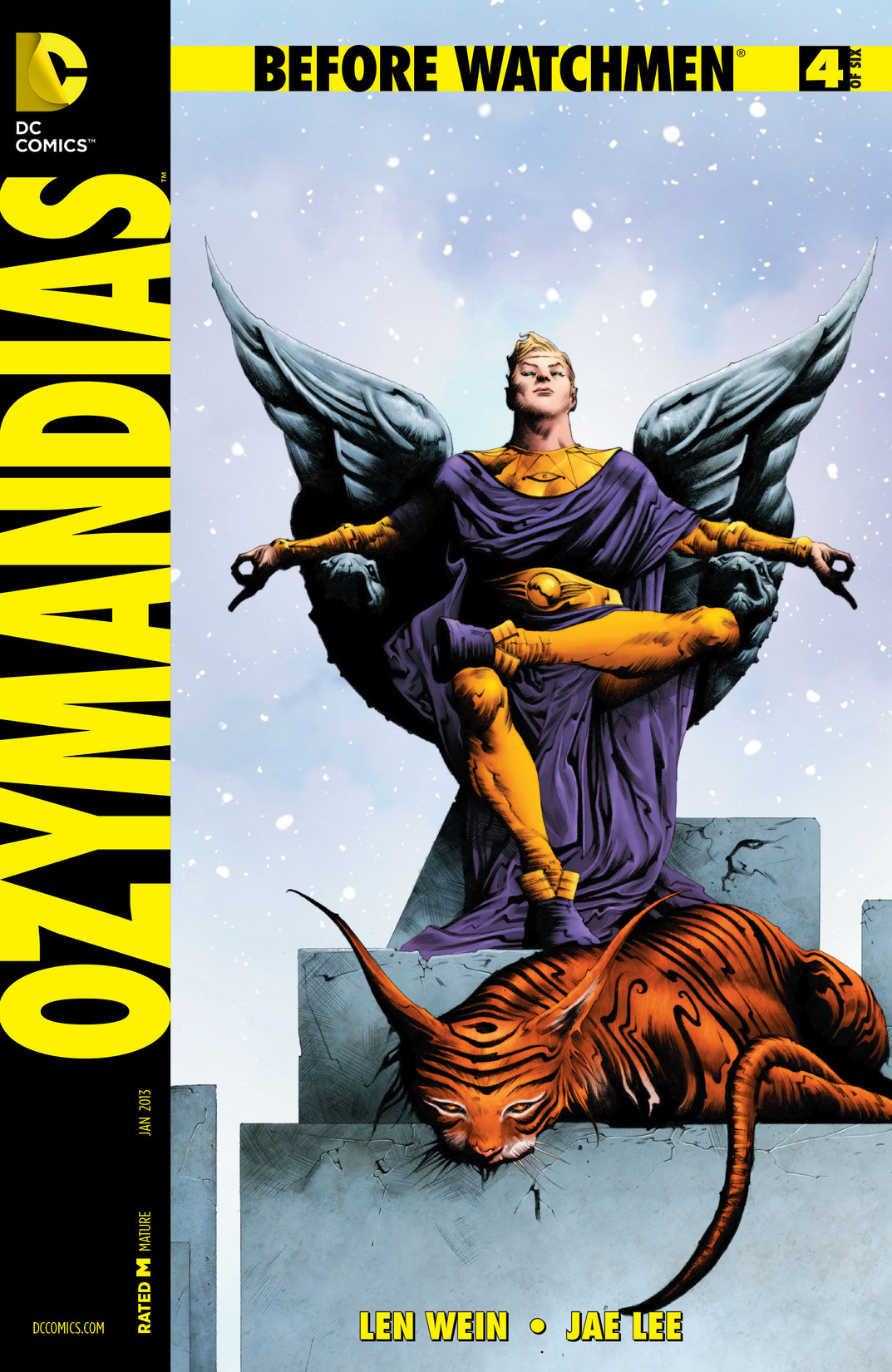


'The hand that mocked them' could have two meanings, either referring to Ozymandias 'mocked' people regularly, or the fact that the sculptor imitated his expressions, and now the statue also mocks Ozymandias because he is dead while it survives. Also because the statue is now broken up as well. The expressions of Ozymandias suggest that the sculptor accurately portrayed the emotions of the man who he based the statue on, and the poet tells us that these 'yet survive', juxtaposed with the fact that they survive by being 'stamped on' 'lifeless things', as it is just the statue and not the man which survives. 'Cold command' uses alliteration to create an effect of a harsh sound, which represents how harsh Ozymandias is, and how 'cold' he is. The face is seen to be squashed and unpleasant, and the 'sneer of cold command' suggests that he is proud and looks down on all those around him. Polysyndeton provides emphasis using rule of three (tricolon). The face is described as serious and unfriendly, with a 'frown' and a 'wrinkled lip', using assonance to 'wrinkle' the words together and so mirror the lips of the statue. Assonance of ‘a’ sound is shattered throughout the line, mirroring the fragments of the statue. 'Half-sunk' suggests the face is being swallowed up by the sand, while 'shattered' emphasizes how broken the statue is and it is no longer a complete statue. 3-4: Near the legs, on the sand, another part of the statue lies - the statue's head. We might think the dot dot dot could symbolize the desert stretching away. The 'ellipsis' after 'desert' suggests a pause where the reader is meant to linger on something, e.g. The line presents us with the image of a broken statue lacking the top half, although the legs still stand there, pointlessly. 2-3: 'Trunkless' means lacking a body, while 'vast' means extremely big and wide. 'Antique' is also usually used for objects, suggesting that they are going to find some antique object in this land as well.

1: The word 'traveller' suggests the man he has met comes from far away, and 'antique' suggests the land is old and outdated. Iambics mirror the human heartbeat, which gives us a sense of Ozymandias trying to stay eternally alive but failing. Iambics have the effect of creating a strong and never-ending pace, suggesting that time keeps going and you can't stop it. i MET / a TRAV/ ler FROM/ an ANT/ ique LAND. Iambics means that the second one is each pair stressed. Count the number of syllables in each line - 10 syllables. We might think that the rhyme scheme is imperfect, to show the imperfection of Ozymandias and of his statue. Rhyme scheme is meant to be a typical sonnet rhyme scheme, but many of the rhymes are half-rhymes, e.g. Sonnet form might used ironically here, because it's as though it should be admiring Ozymandias, but actually it is about how he has been destroyed.Ī sonnet is also a very rigid structure of poem, mirroring the nature of the stone statue, showing that the poem is just another form of art which won't survive through time either. However, this poem doesn't do this, it simply deepens the problem, perhaps commenting on how the problem of time and decay can't be resolved. Sonnets often set up a problem - of in the first half - then resolves it in the last half after a 'volta' or change in mood. A sonnet is a kind of poem which has been used through history usually as a love poem, but also as a poem which expresses admiration for something. This poem is 14 lines long, meaning that it is a sonnet. The whole poem involves the theme of Ozymandias' arrogance due to his perceived power, and yet the way in which his statue has been ruined by time. This statue is of Ozymandias, an ancient King of Egypt. This poem by Percy Bysshe Shelley is about a man who meets a traveller from far away, and the traveller tells him a tale about a statue which he has seen in the desert.


 0 kommentar(er)
0 kommentar(er)
